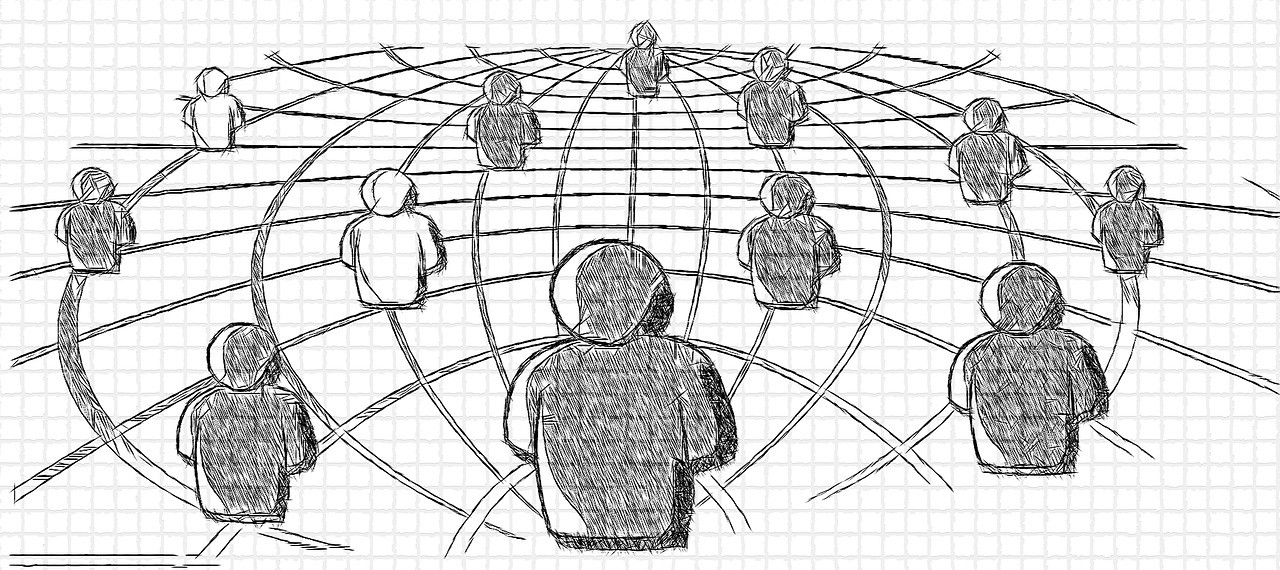An organization oversaw big construction projects and that demanded that project leaders coordinate the work of many other contractors and business partners. The problem was, projects were running way over time and budget, pretty consistently. It was clear they had to do something new, something different.
They came up with what I call a “What if?” scenario. They invited the decision-makers from the different organizations that needed to work closely on the projects. These were the people who could make decisions for their own organizations - and that’s important because if the team members can’t make decisions, the meeting goes nowhere.
As the meeting progressed, the leader asked everyone for input on what could go wrong with the upcoming projects. People began to share their ideas, and as a group they narrowed the list to those challenges that were real show stoppers. Once they had a narrow list, they began to look at how to address these challenges.
By the end of the meeting, the group had created a guidebook to address many potential problems. As a result, the organization found that problems got solved much more quickly and effectively. And, they were surprised that fewer problems arose.
I believe there are two reasons for this. First, because people had already started thinking about problems, it was easier for them to avoid them. Second, because people had built relationships with other departments, it was easier for them to just pick up a phone before things became a problem.
In the story above, the leader of the organization was excellent at managing the human side of change.
There are many successful approaches to leading change in organizations. There are many good approaches to change that advise leaders to engage people, but they often only pay lip service to the human side of change. It may not be the method you are using, but a failure to focus on the people who need to help plan, implement, and live with the change.
Neglecting the human side of change can cost many hundreds of thousands of dollars (or a lot more!) in lost opportunity, poor performance, turnover, errors, and growing cynicism.
It’s All About Energy
Ever since I started working on my book, Beyond the Wall of Resistance in the early 90s, I’ve studied the reasons why people support – and why they resist – change. The good news is that it is not all that complicated. But, it takes a certain mindset to do it right. People who consistently do a great job of building strong support for major projects, realize that they need to be willing to be influenced by the very people they want to influence.
What I like about the "What if?" Scenario is that it was home-grown, wasn’t fancy, and had the strong commitment of the people who were leading those changes.
I created a really simple tool called The Energy Bar that helps people pinpoint what type of support they need on a project, and recognize the gap between the support the need and the support they are likely to get. Once they see that gap, a light bulb goes on, and they are able to create effective strategies for earning the support they need. One leader watched the free three-minute video that explained The Energy Bar, and based on that short introduction he and his team began to talk about the human part of projects differently.
I am taking The Energy Bar further. I just introduced a process for leaders and their teams called The Energy Lab. This is a highly-targeted process that allows change teams to try out new approaches safely and quickly, get feedback, and then try again, all within the safety of a lab environment.
I’ll be glad to talk with you about it. If you do, there is one key that is critical to making it work. Ask the question, Are we willing to be influenced by the people who we want to influence? If the answer is yes, then you’ve probably got what it takes to create effective strategies for building support – like the "What if?" Scenario. If the answer is no, then you need to turn elsewhere since manipulation or force are the only other options I can see. They can work, of course, but they can backfire when they are used inside many organizations.
Let’s Talk …
If The Energy Lab sounds like a good fit, or if you have questions, please send me a note or give me a call.

 Rick has advised leaders from many countries on ways to apply this new tool successfully.
Rick has advised leaders from many countries on ways to apply this new tool successfully.






